



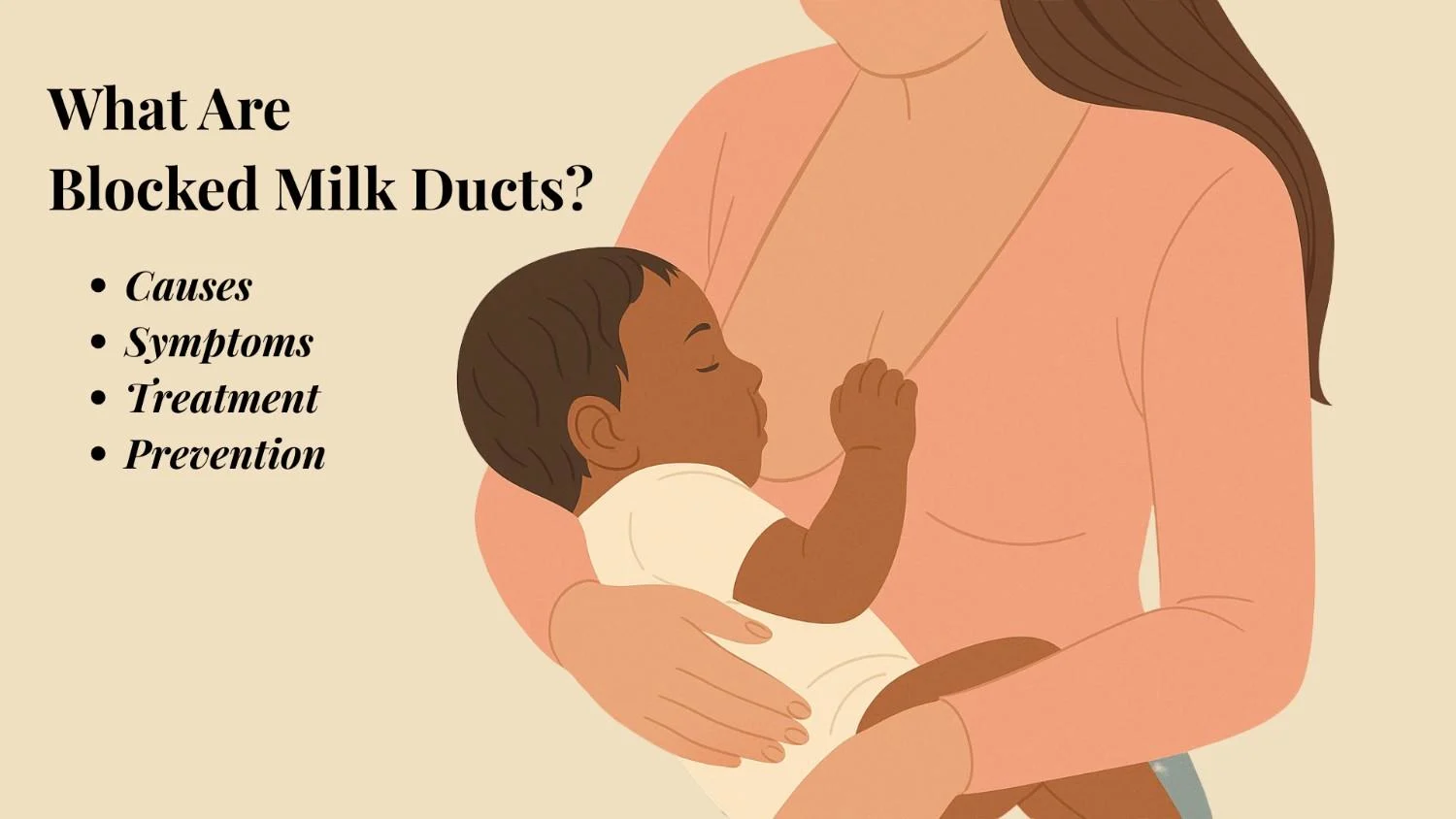
Author: Dr. Garima Bishwas
Yoga 0
Breastfeeding is a beautiful journey, but sometimes it comes with challenges. One of the most common breastfeeding complications mothers face is blocked milk ducts. A blocked duct happens when the normal flow of breast milk is obstructed, leading to discomfort and sometimes pain.
Early identification is crucial. Left untreated, a simple clogged milk duct can progress into more serious conditions like mastitis or even a breast abscess. Understanding the causes, symptoms, and remedies can help mothers continue their breastfeeding journey with confidence and comfort.
What Are Blocked Milk Ducts?
In simple terms, a blocked milk duct occurs when breast milk does not flow properly through the ducts. This results in a backup, creating a hard lump or tender spot in the breast.
While both blocked ducts and mastitis cause discomfort, they are different. Blocked ducts typically cause localized pain without infection. Mastitis, on the other hand, involves infection, fever, and significant swelling. Recognizing the difference is important for proper treatment.
Causes of Blocked Milk Ducts
Several factors can contribute to milk duct blockage:
-
Infrequent feeding or skipped feeds: Going too long between feedings allows milk to build up, causing blockages.
-
Poor latch during breastfeeding: If your baby does not latch properly, milk may not be fully drained from the breast.
-
Tight clothing or bras: Restrictive clothing can compress breast tissue, limiting milk flow.
-
Stress and fatigue: Both can affect milk supply and flow, increasing the risk of clogged milk ducts.
Common Symptoms of Blocked Milk Ducts
If you are experiencing any of these milk duct blockage symptoms, it’s important to take action:
-
Localized breast pain or tenderness.
-
A lump or hard area in the breast.
-
Redness or mild swelling around the affected spot.
-
A noticeable drop in milk supply from the affected breast.
These signs often indicate a blockage, but if symptoms worsen or are accompanied by fever, it may be progressing toward mastitis.
Blocked Milk Ducts if Left Untreated
Ignoring a blocked duct can have serious consequences:
-
Mastitis: An infection of the breast tissue that requires medical treatment.
-
Breast abscess: A painful collection of pus that may need surgical drainage.
-
Prolonged pain and feeding difficulties: Making breastfeeding more stressful and less effective.
Home Remedies and Self-Care for Blocked Milk Ducts
Many mothers find relief with simple, natural strategies. Here are some home remedies for blocked milk ducts:
-
Frequent breastfeeding or pumping: Emptying the breast often helps clear blockages.
-
Warm compresses and gentle massage: Heat softens the area, and massage encourages milk flow.
-
Proper latching techniques: Ensuring a deep, correct latch improves milk removal.
-
Hydration and rest: Adequate fluids and rest support the body’s natural healing process.
Blocked Milk Ducts: Medical Treatments
Sometimes, professional help is needed. Medical treatments may include:
-
Lactation consultant guidance: Specialists can correct latching or positioning issues.
-
Doctor’s care: If mastitis develops, antibiotics may be prescribed.
-
Professional breast massage techniques: Therapists or physiotherapists trained in lactation support can relieve recurring blockages.
Blocked Milk Ducts Prevention Tips
Preventing clogged ducts is easier than treating them. Here are practical mastitis prevention and blockage prevention strategies:
-
Maintain a regular feeding schedule to ensure consistent milk flow.
-
Wear comfortable clothing and supportive bras without being too tight.
-
Manage stress through yoga, deep breathing, or relaxation techniques.
-
Focus on correct breastfeeding posture to help your baby latch well and fully drain the breast.
When to Seek Immediate Help for Blocked Milk Ducts
Sometimes, blocked ducts require urgent care. Seek medical attention if you experience:
-
High fever or flu-like symptoms.
-
Severe breast pain and swelling that worsens quickly.
-
No improvement within 24–48 hours, even after home remedies.
Conclusion
Blocked milk ducts are common but manageable. The key is early recognition, consistent self-care, and timely medical support if needed. Mothers should never ignore the signs—taking quick action not only relieves discomfort but also prevents more serious complications like mastitis. With the right approach, breastfeeding can continue to be a fulfilling experience for both mother and baby.
Frequently Asked Questions
Add comment

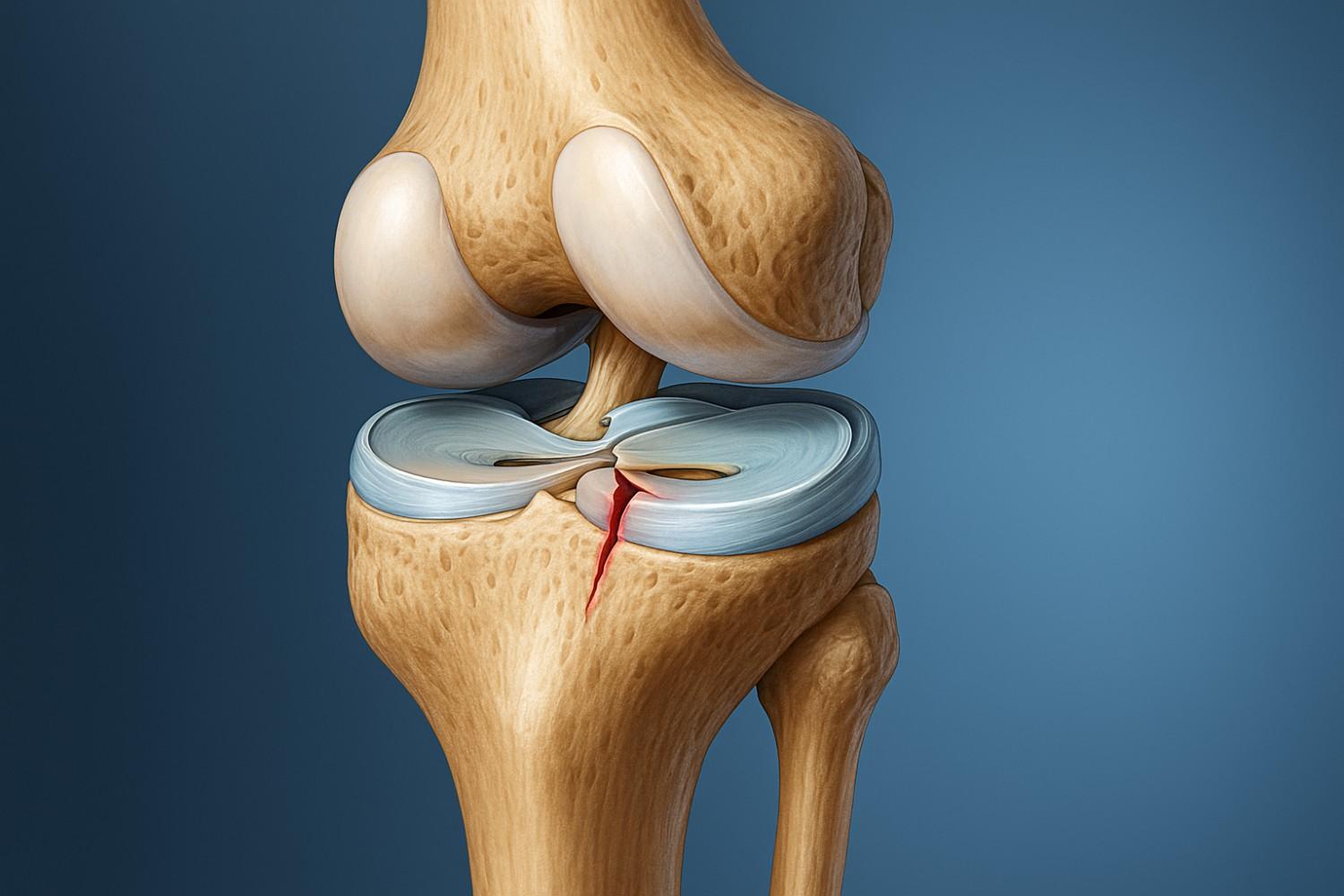
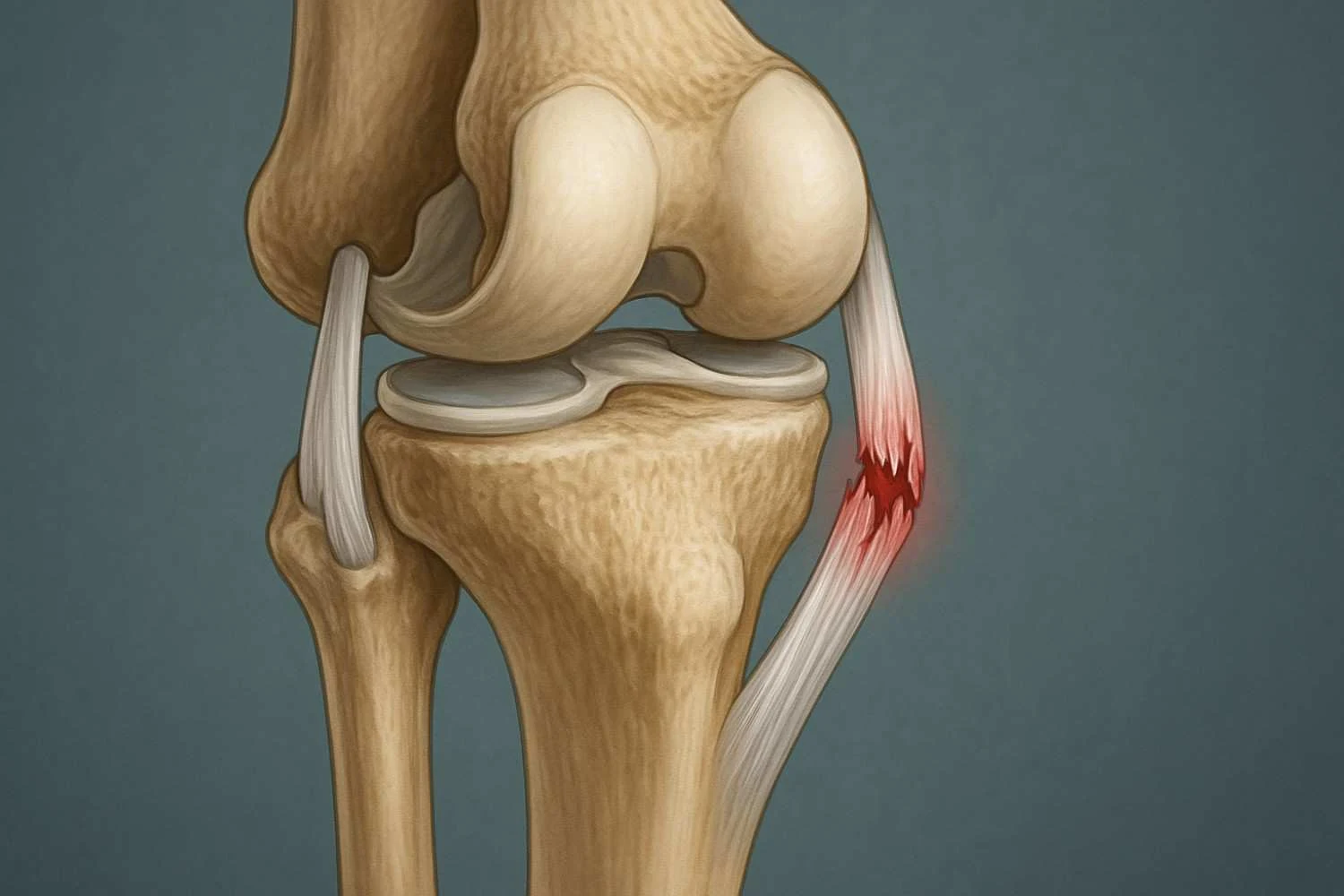


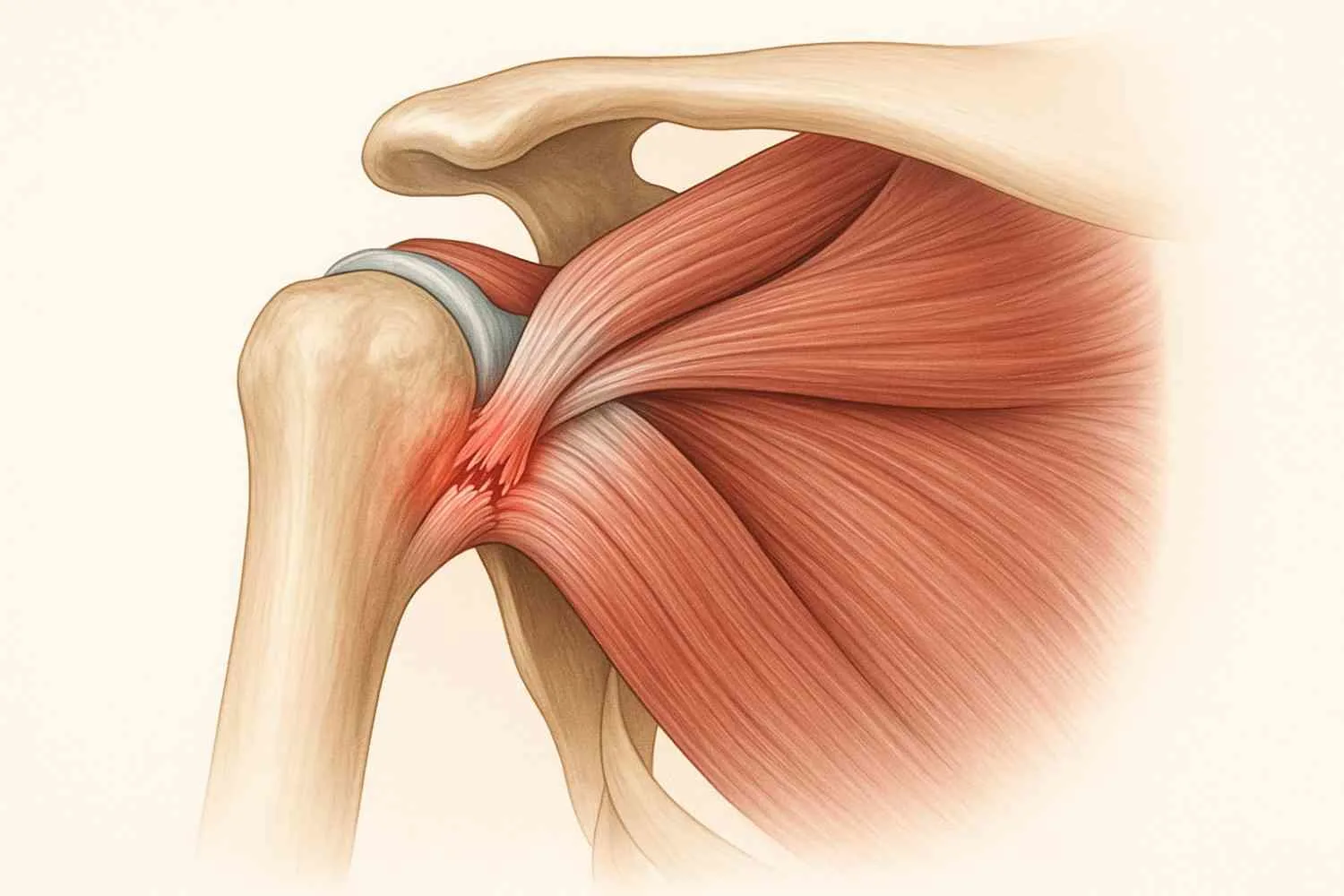





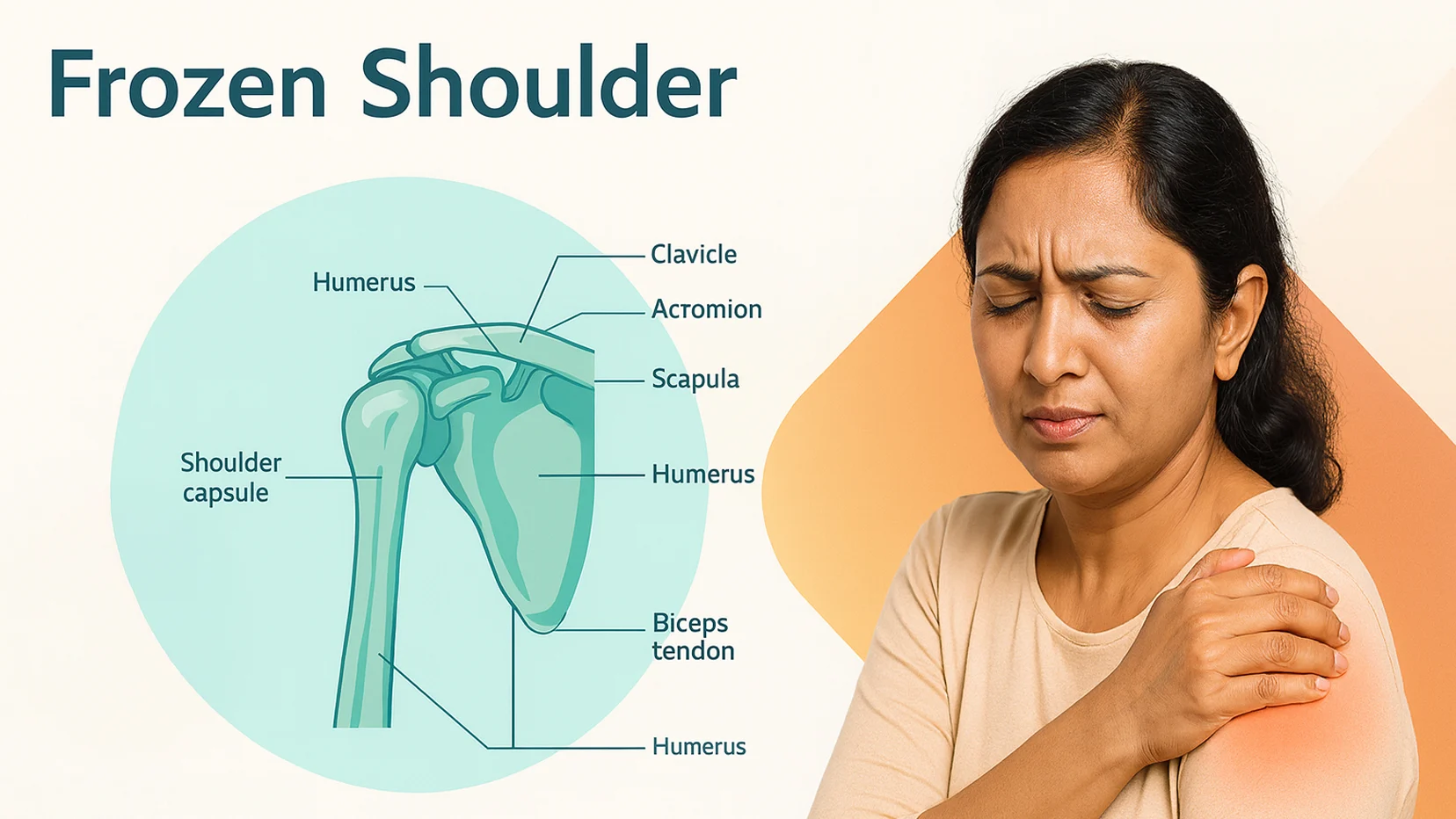




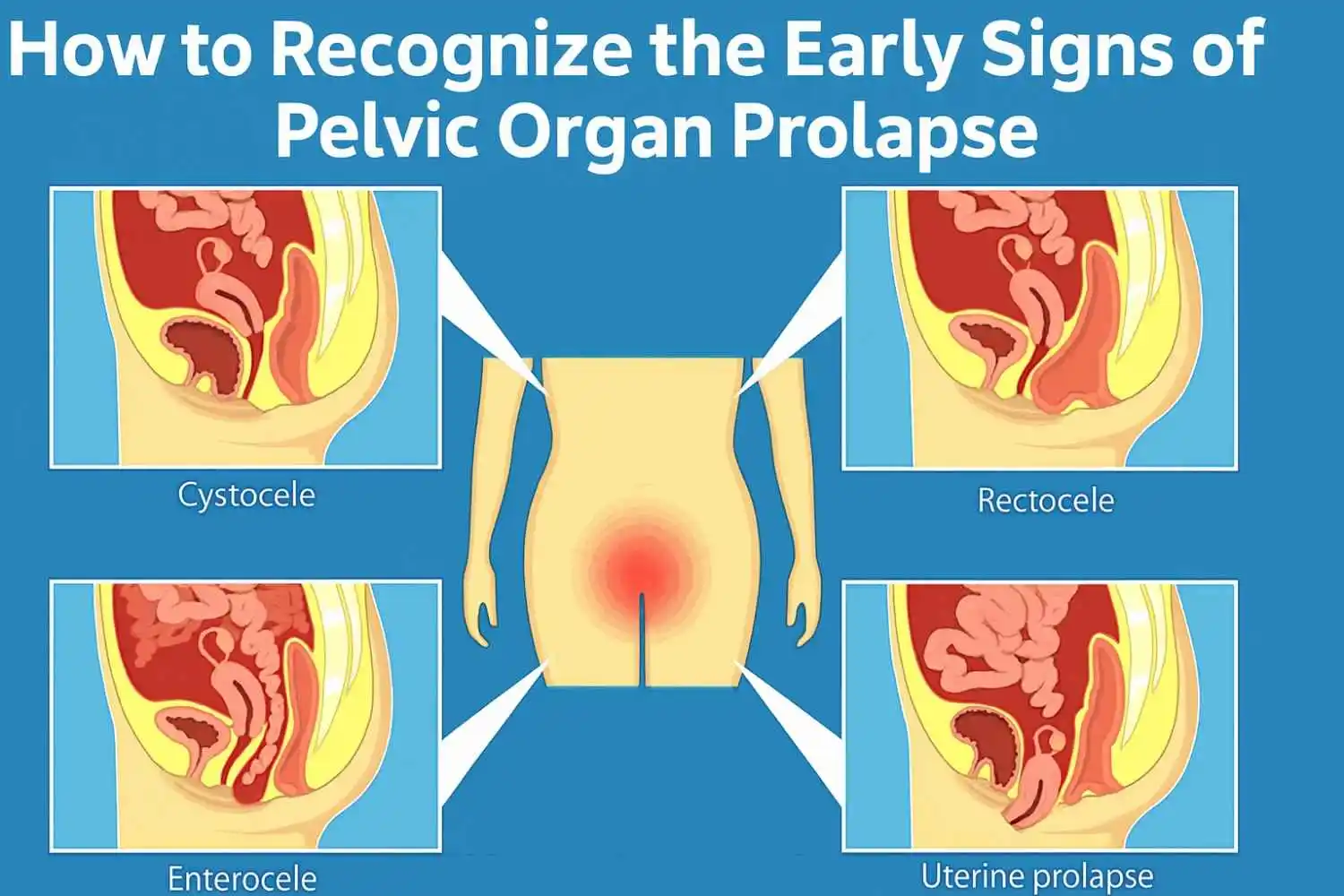
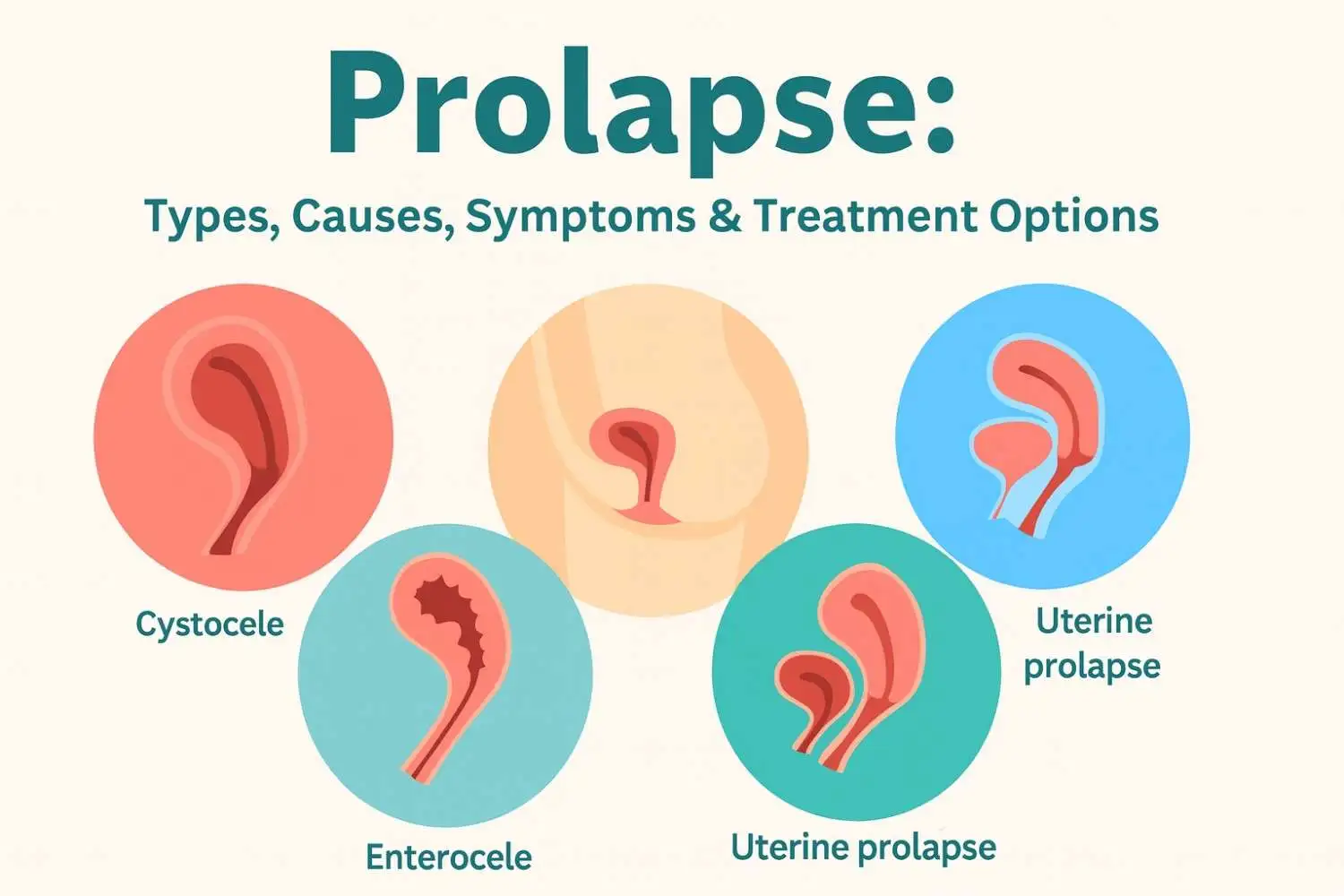









.webp)





.jpg)






































